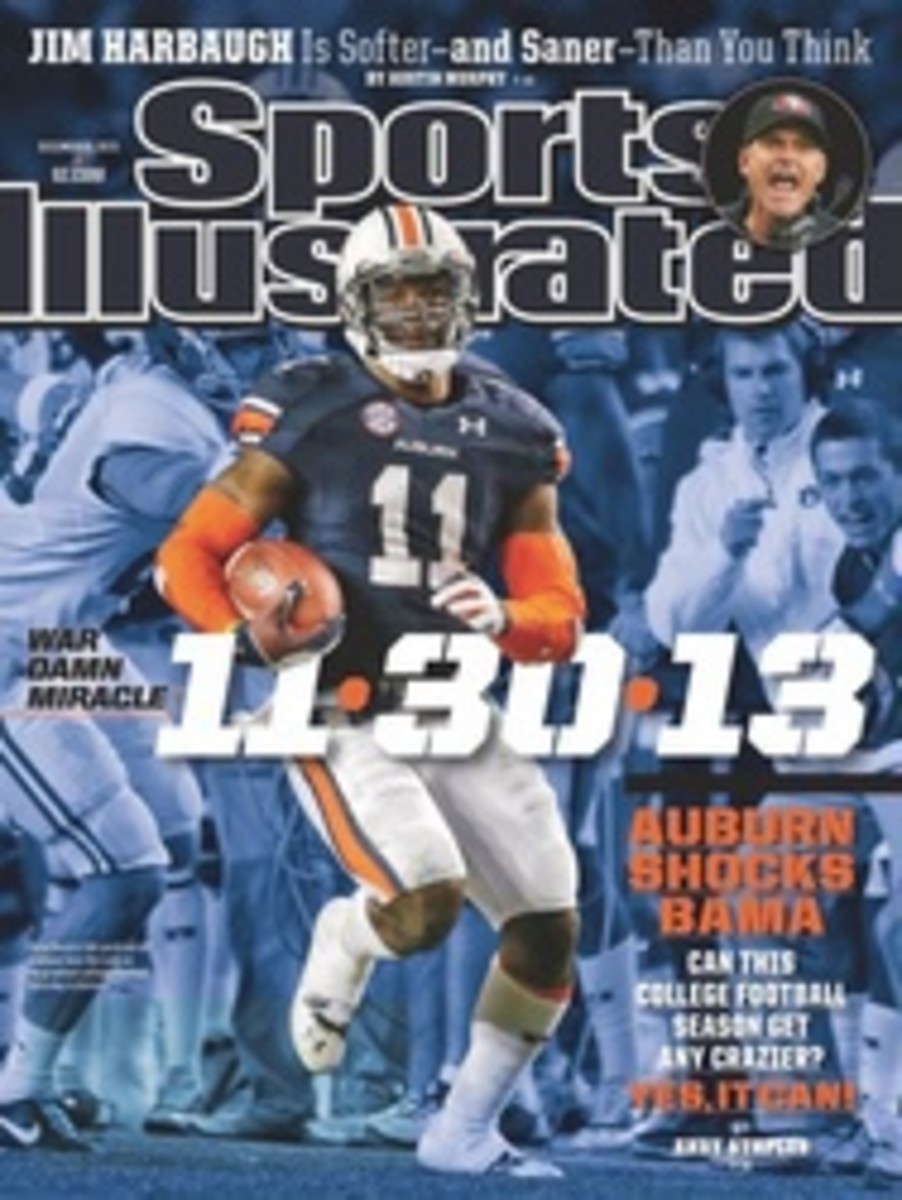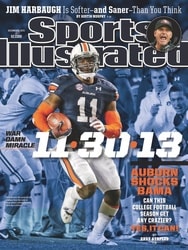
The Case for ... Easier Course Setups
I'm looking at a scorecard featuring a nine-hole 31 shot by my friend Jofie Ferrari-Adler. Thirty-one! From a guy who lives in Brooklyn, has a wife and a job and two little kids. He's a good golfer, and if he played even twice a month, he'd be an 80 shooter or better. But he doesn't. Four under! You've never seen a happier man.
Oh, and he did it with four clubs, none longer than a three-iron. And he played the nine in under two hours, walking. And the greens on this nine-hole course were fast and hard, in shapes more eccentric than Fenway Park, with slopes ideal for kiddie tobogganing. As a wise man once said, greens are to a golf course what eyes are to a portrait. A good set of greens can make a course come alive, and that is the case with the St. Martins layout at the Philadelphia Cricket Club, a remnant of the 18-hole track that hosted the U.S. Open in 1907 and 1910. Why is it that the courses built by mule have such staying power?
Gil Hanse, the course architect, was on hand the day Jofie went low. The three of us were among two dozen golfheads playing in a little fall event that permitted only four clubs, nothing longer than 39½ inches, on the first nine (and the full monty on the second). The course features eight short par-4s and a pitch-shot par-3. By the end of that November day Gil was singing the praises of short. "You still had to hit quality shots, even if they were of a shorter nature," he wrote later in an email from Rio, where he's building the 2016 Olympic venue. "You still had to think your way around the course." Exactly. What we all experienced is what Tour players experience regularly: the chance to go low (by our individual standards). We also had the chance to find our ball, play quickly, keep a real score.
Three distinct things added to the pleasure of the day. We played it forward. (Thank you, Barney Adams, godfather of Tee It Forward.) We played a low-maintenance nine-hole course on a compact piece of land within the city limits. (Think more courses fitting that description might be good for golf?) And we played real hole-'em-out tournament golf, the kind that makes you feel alive.
The net winner was a mid-handicapper who shot 79. The co-medalist was the golf teacher Dewey Arnette, who posted 69. Dewey once made eight consecutive birdies at the Buick Open, outside Detroit. Has it been a while since you've made a good score? Dewey will tell you: It feels good. He knew it that day at Warwick Hills in 1987, and he knew it, in a different way, at St. Martins.
For decades now we've been way overdoing this "challenging" thing. The USGA is enamored with that word. The truth is, the game, like life, is challenging enough. We need a break. Are you renovating your golf course? Make it easier.
Regarding the first nine, when we were restricted to four clubs, the net winner, John Shoemaker, said, "I had the freedom of imprecision and let my instincts and athleticism take over and swung to a distance." That's how Seve learned golf and played golf, and he exuded golfing joy.
With 14 clubs, Jofie went around the second nine, when we played the course at a longer (but still short) distance, in 42 shots. Nothing surprising about that. Sooner or later any course will get in your head. The game itself will get in your head. And yet, with varying levels of enthusiasm, we come back for more. Jofie can go out to Montauk Downs and shoot 93 in five hours while losing three balls, and he'll still like golf. But his lopsided 73, played in under four hours? That's like a screaming invitation to haste ye back.
For decades now we've been overdoing this "challenging" thing. The truth is, the game, like life, is challenging enough. We need a break.
ILLUSTRATION
ILLUSTRATION BY PAUL CRAWFORD

